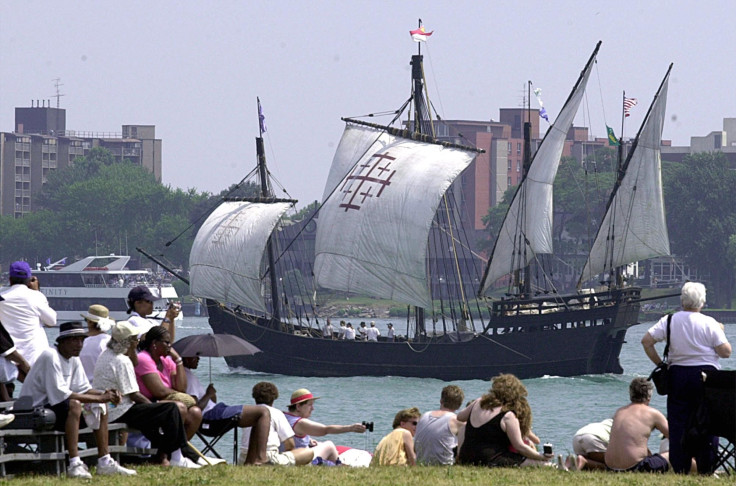Columbus Day Facts 2015: 5 Things You May Not Know About The Holiday

Columbus Day carries more misconceptions than most holidays. The second Monday of October marks the holiday, which became a legal federal holiday in 1971 to celebrate the Italian-born sailor's first day in the New World. But many historians have called into question widely accepted knowledge about the holiday, as well as whether the United States should honor Columbus as a hero. Here, we set the record straight and share some little-known facts about the holiday:
1. Most educated Europeans knew the world was round. Columbus did not set out to prove the world was round, as there was little need to do so. The Greek mathematician Pythagoras determined the world was round as early as sixth century B.C., and the Greek philosopher Aristotle corroborated this theory. By 1492, most people knew the world was not flat.
2. Columbus was probably not the first European to make the journey across the Atlantic. It is believed that Norse Viking Leif Eriksson was the first to set sail across the ocean. He did this around 1,000 A.D. when he landed in Newfoundland -- about five centuries before Columbus left for the New World.
3. Columbus had three ships, but none was actually named Nina or the Pinta. During that time, ships were named after saints, but sailors may have given the ships the nickname Pinta -- Spanish for "prostitute" -- and Nina, which could have been a nickname for its owner, Juan Nino.
4. Columbus Day is celebrated in several countries. The holiday is also celebrated in Latin American countries, the Bahamas and Spain but is referred to by different names in each locale.
5. Columbus wanted Native Americans to be servants. He sought to enslave the indigenous people because he thought they would be good servants. Columbus is also believed to have directed violence at Native Americans.
© Copyright IBTimes 2024. All rights reserved.






















